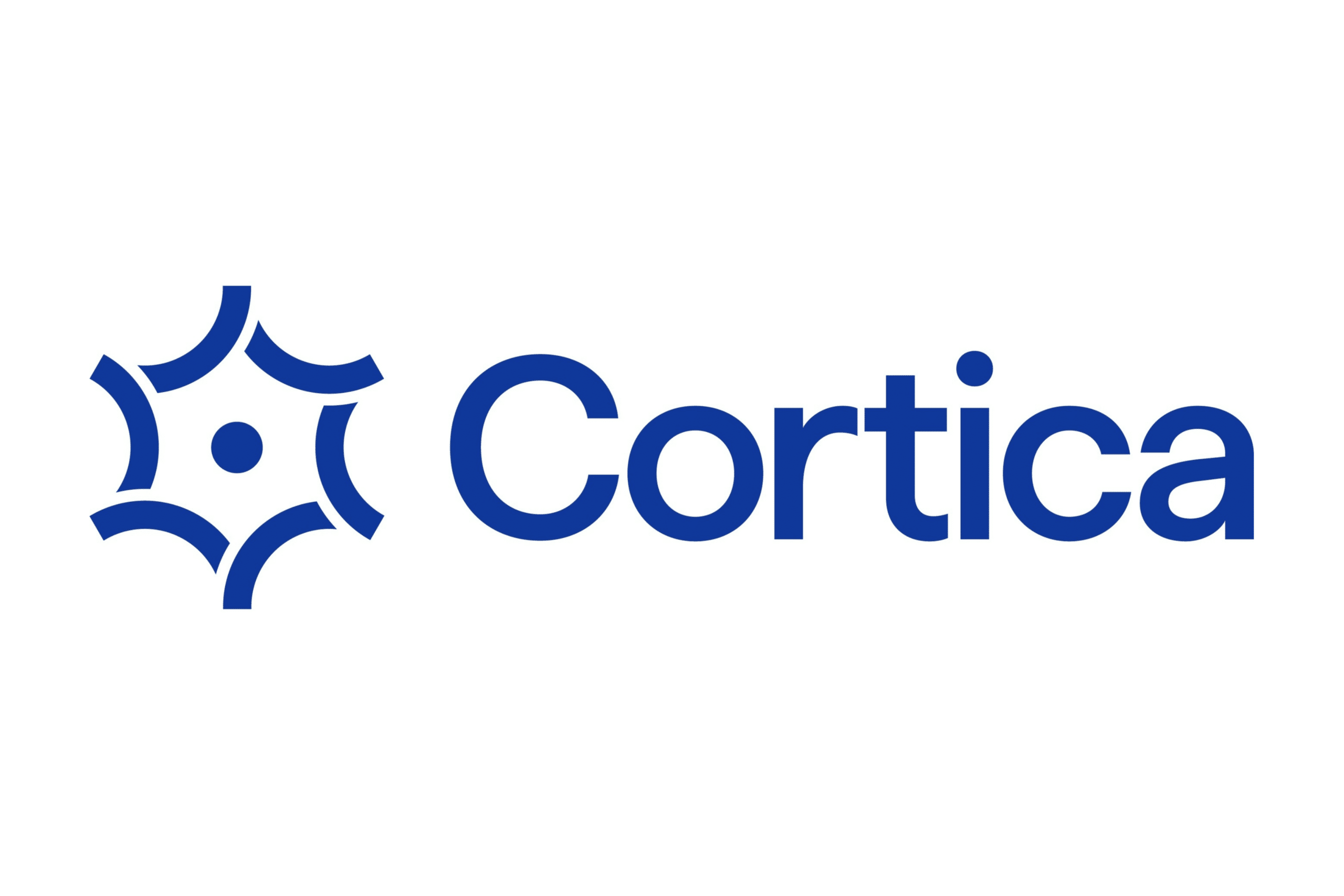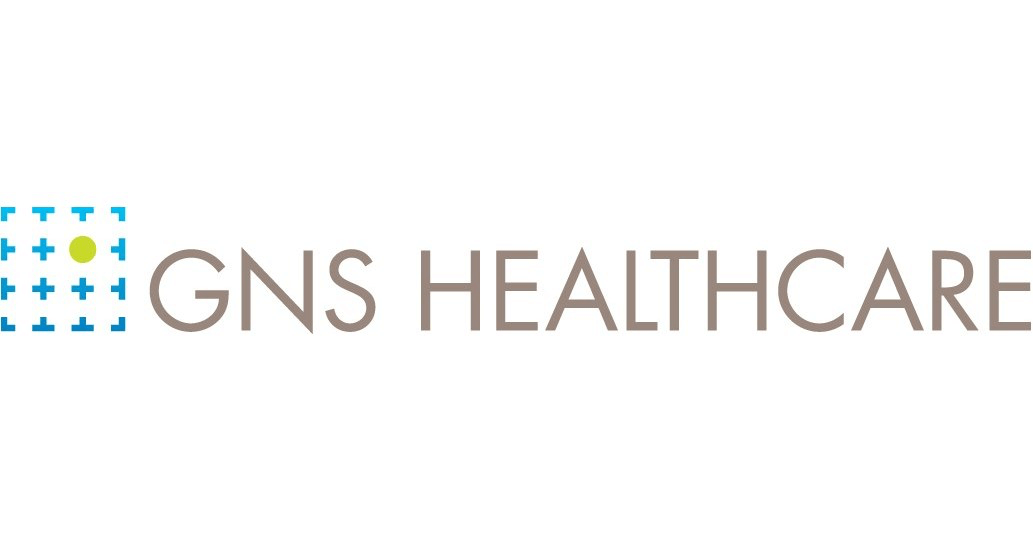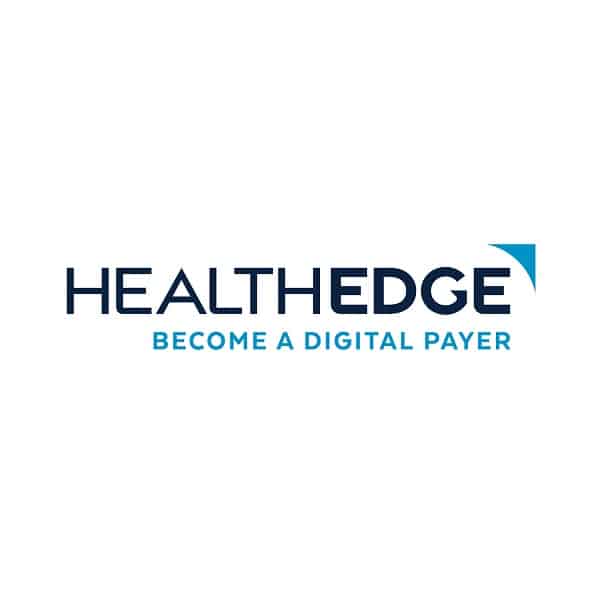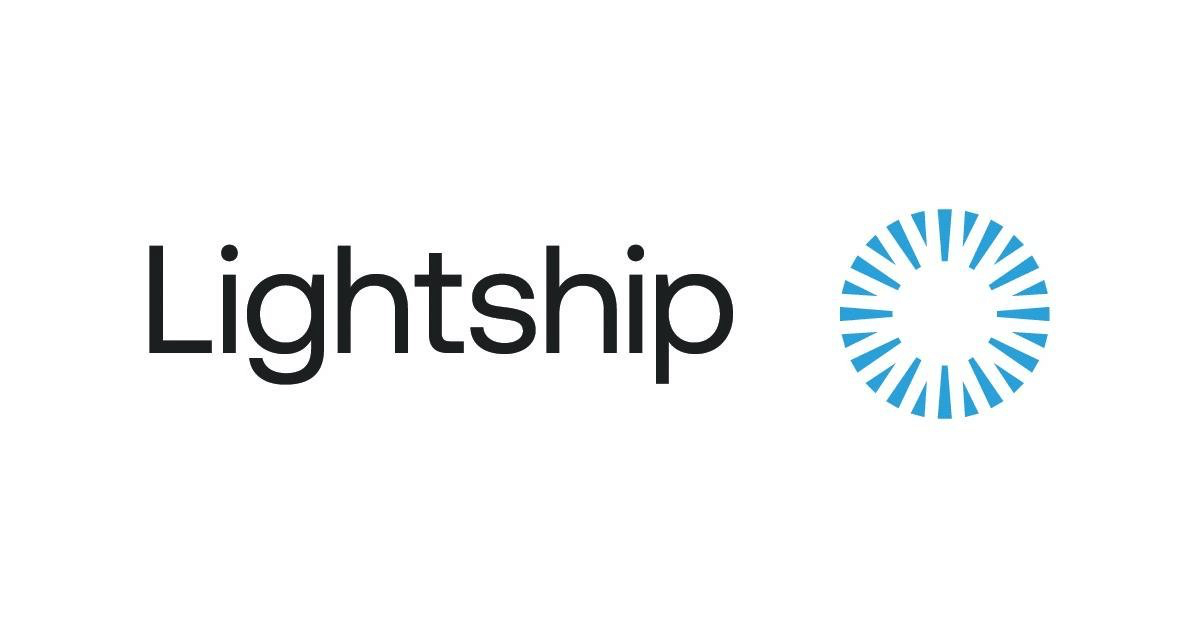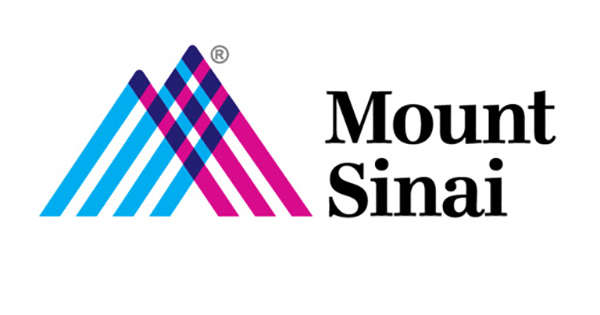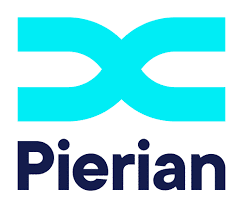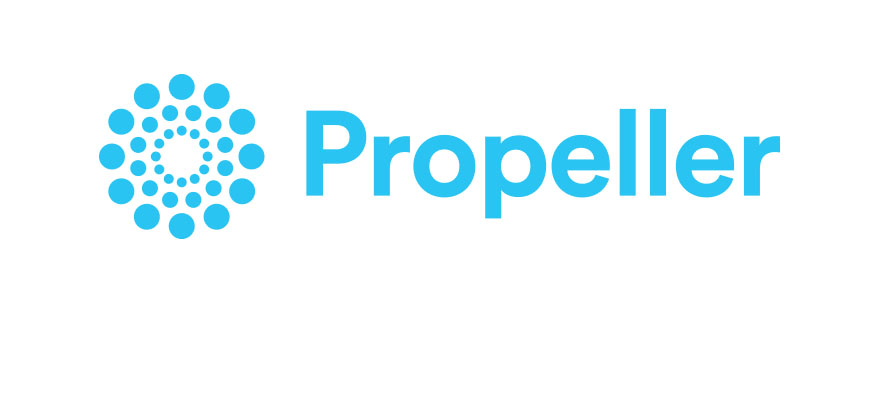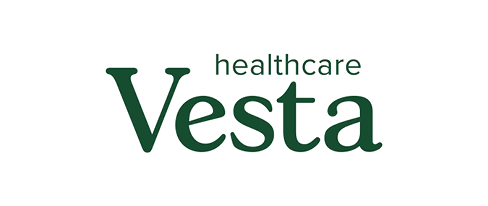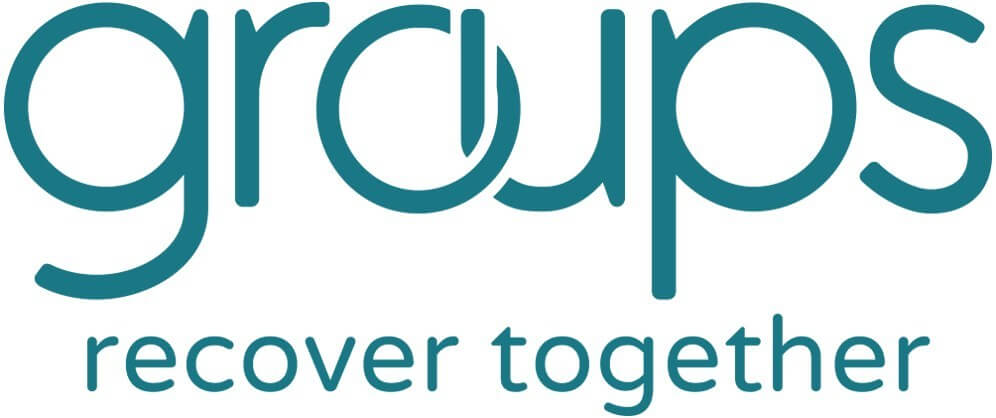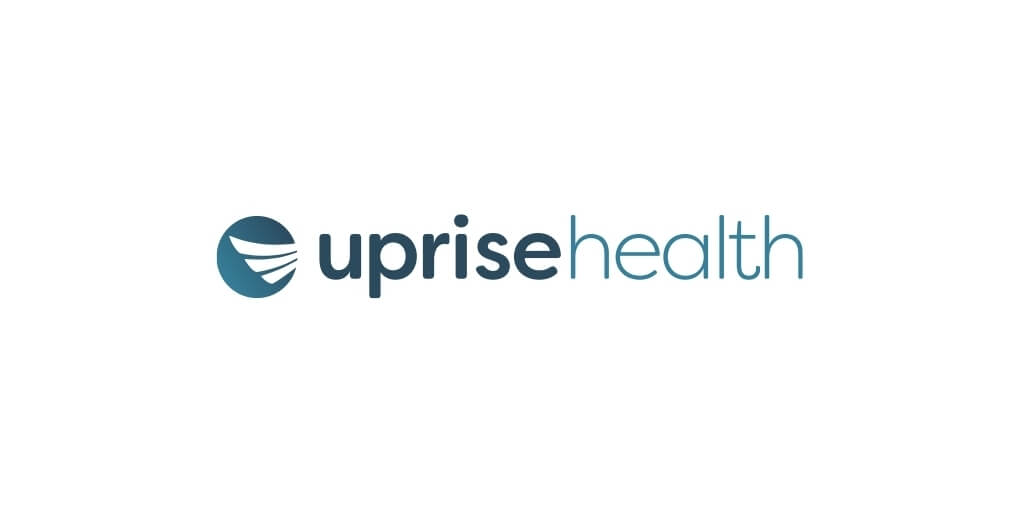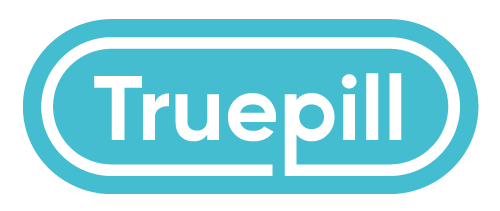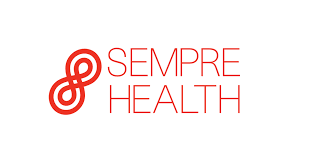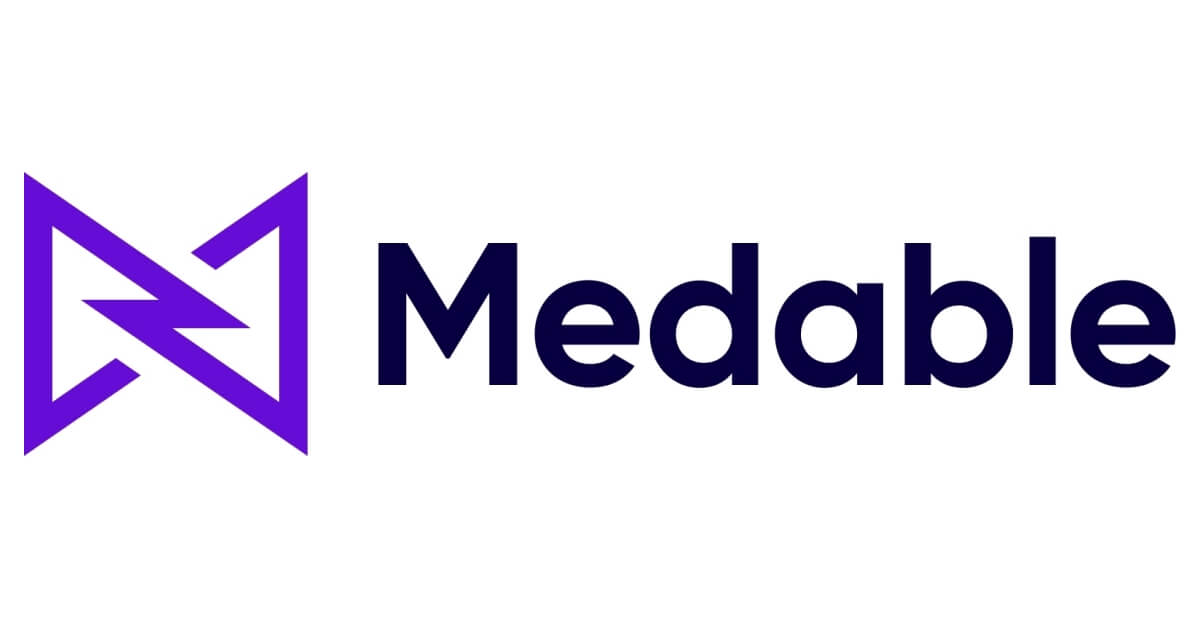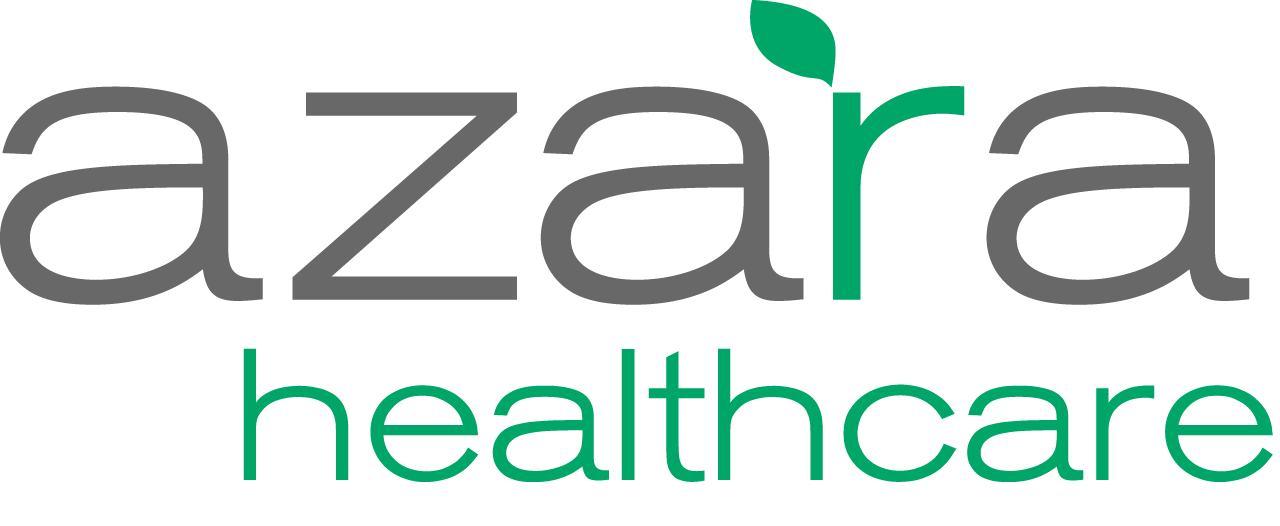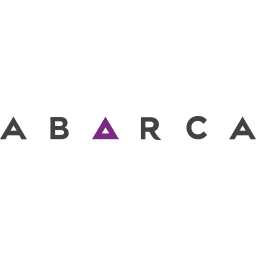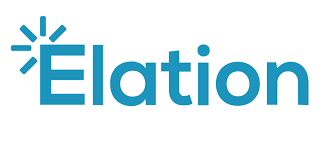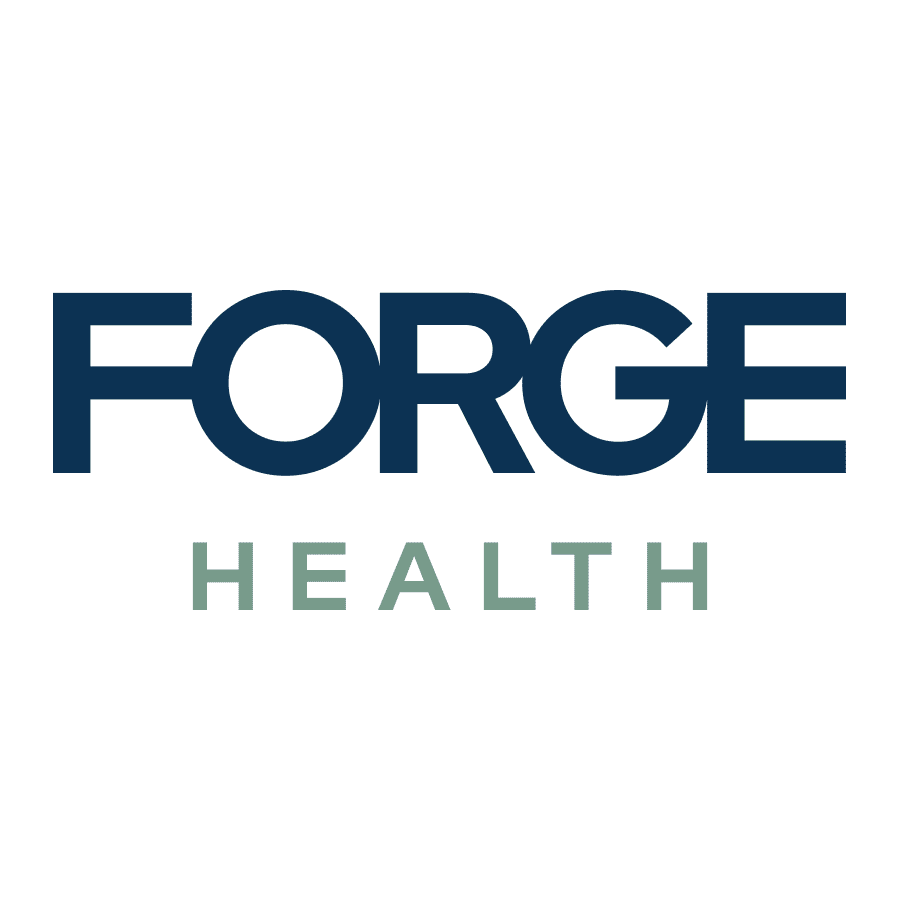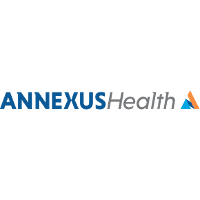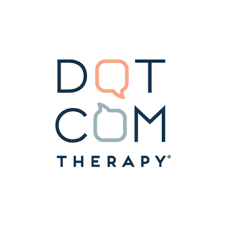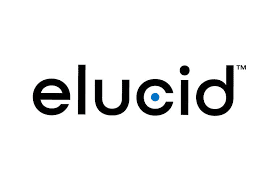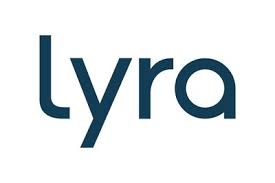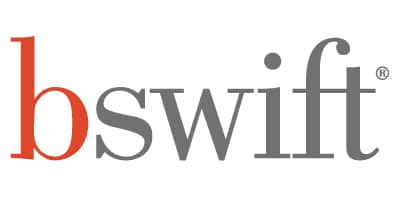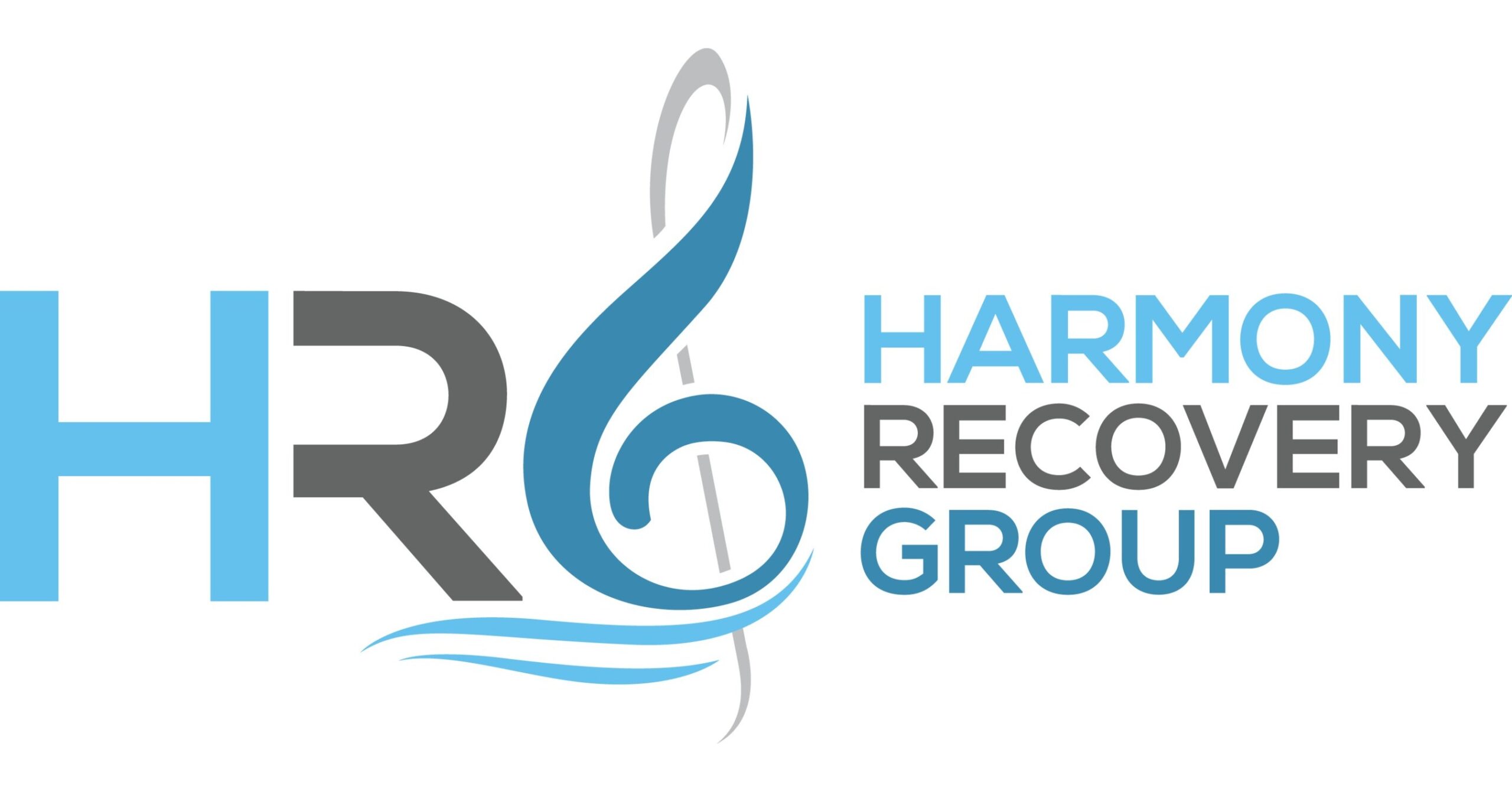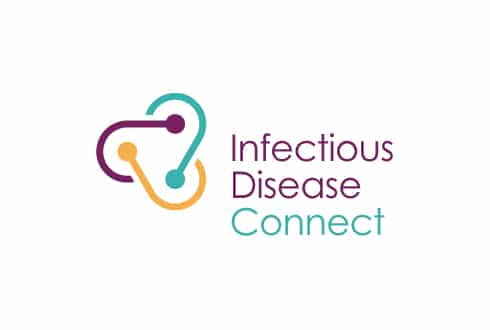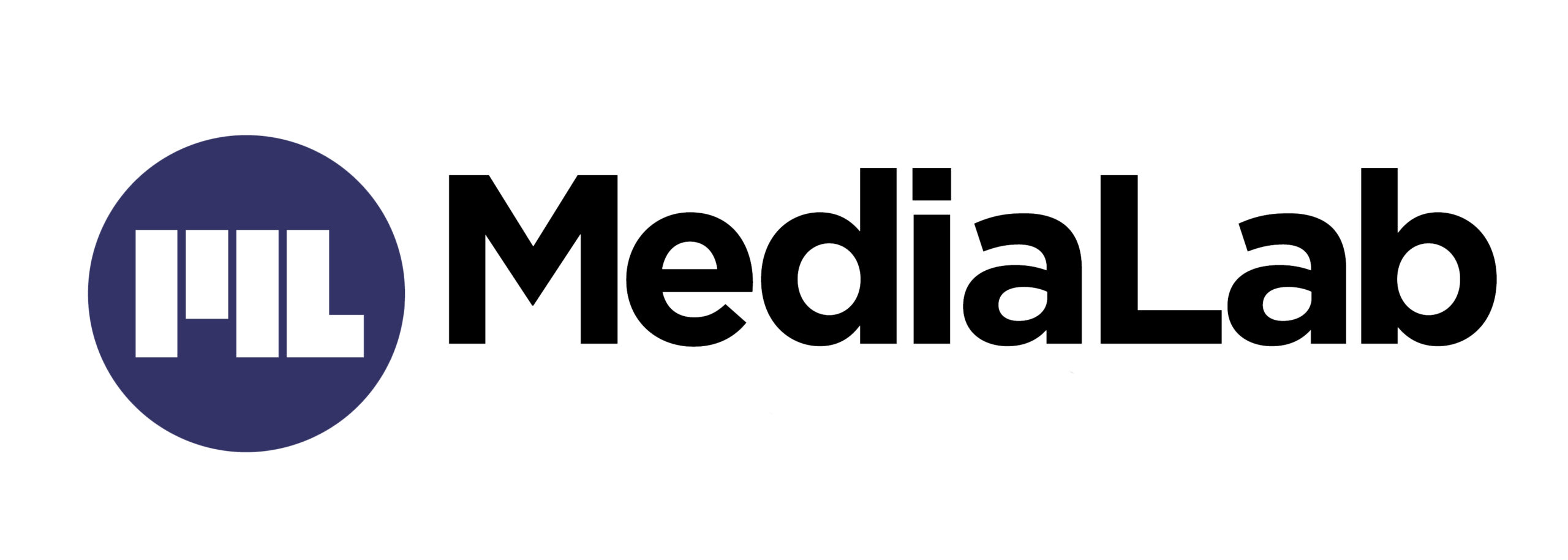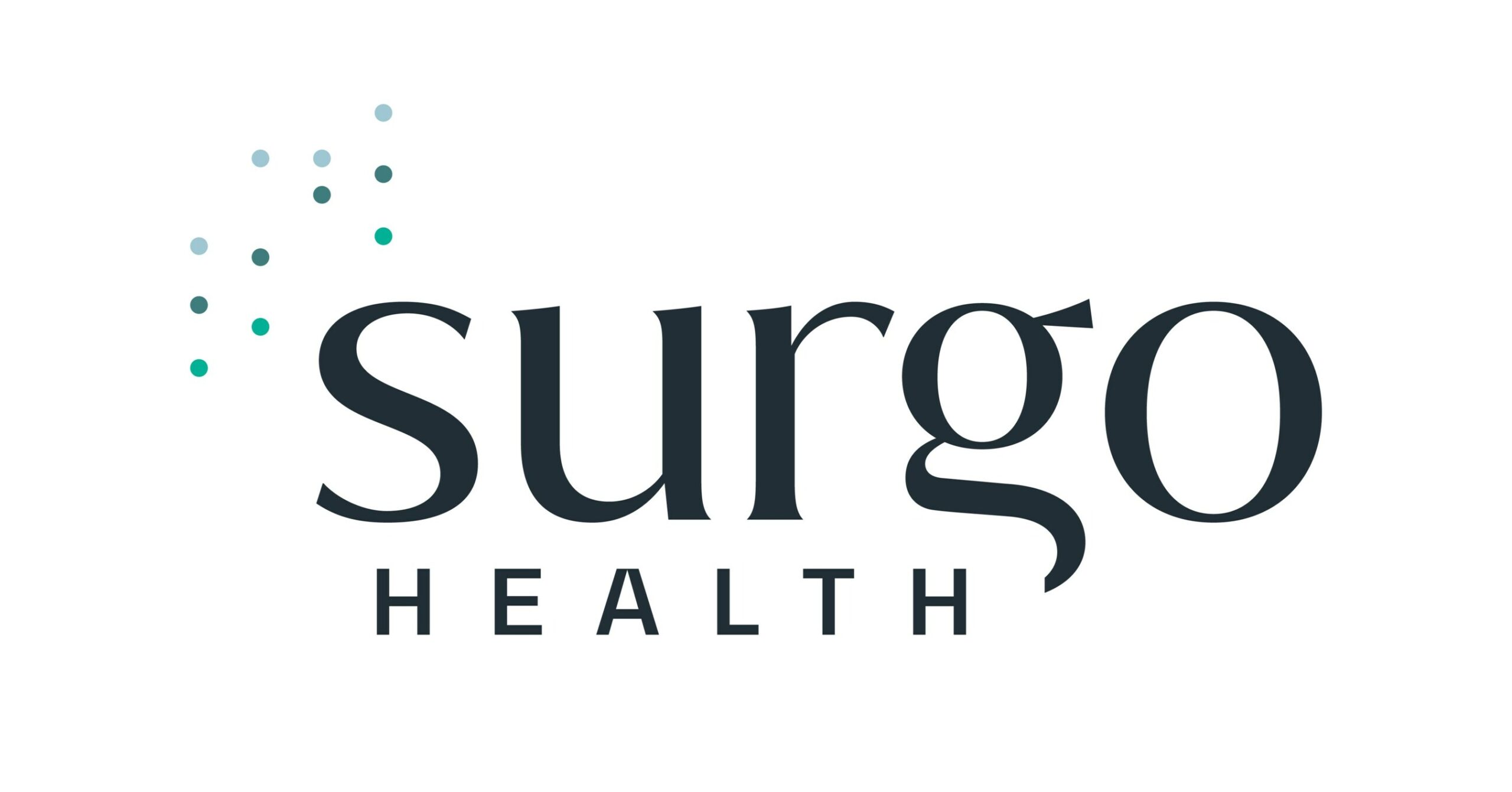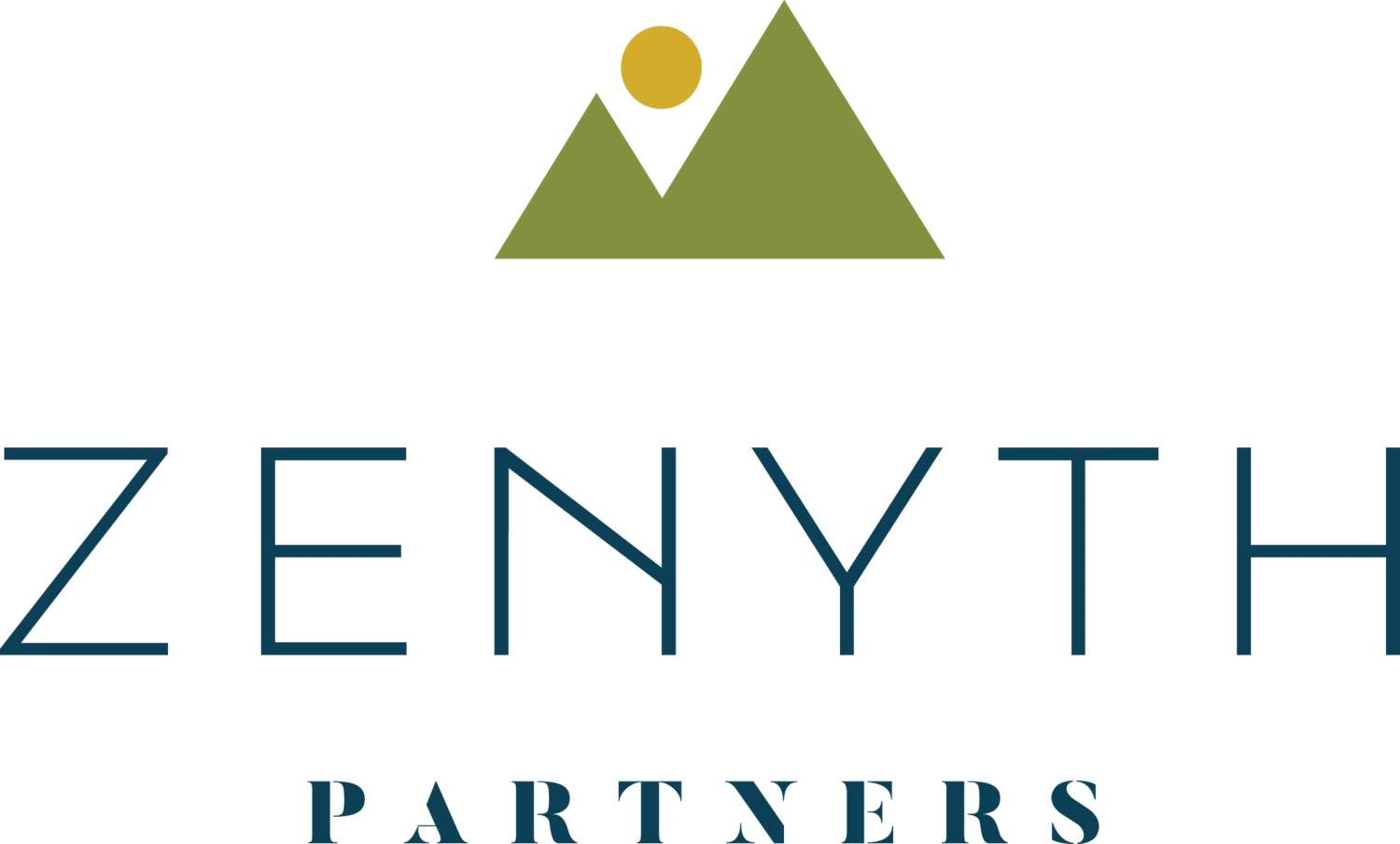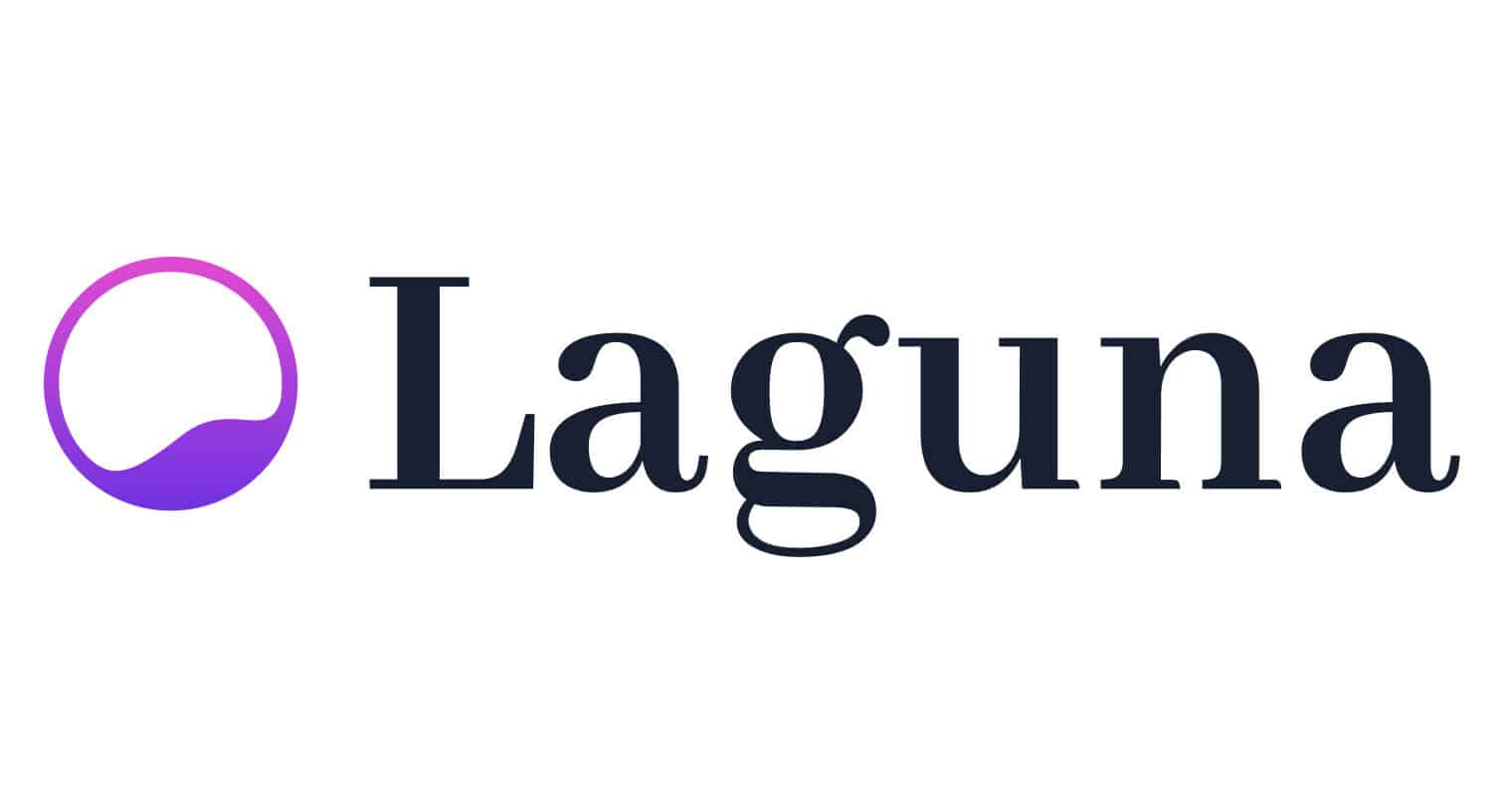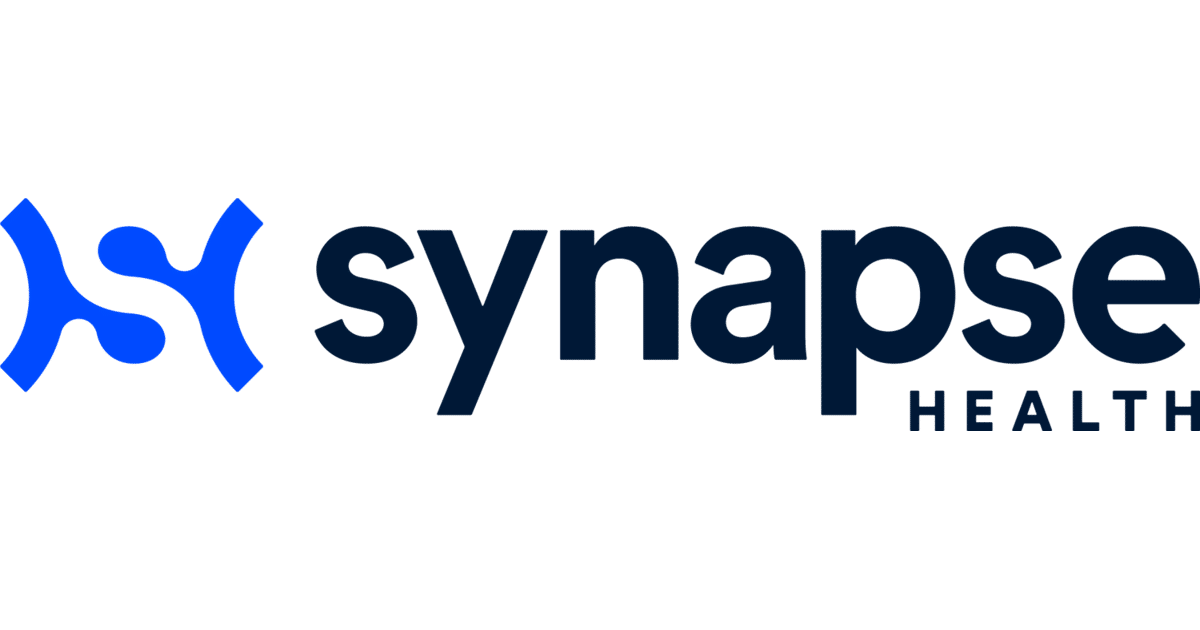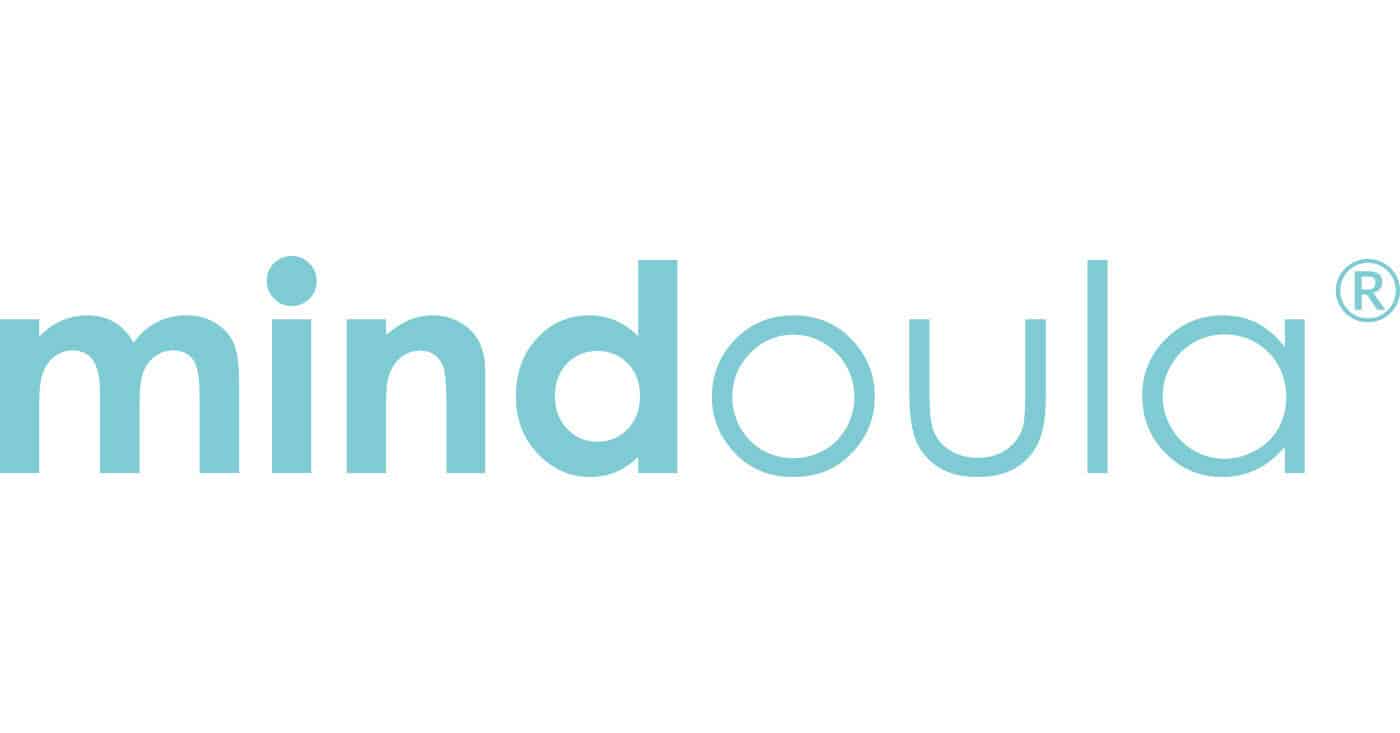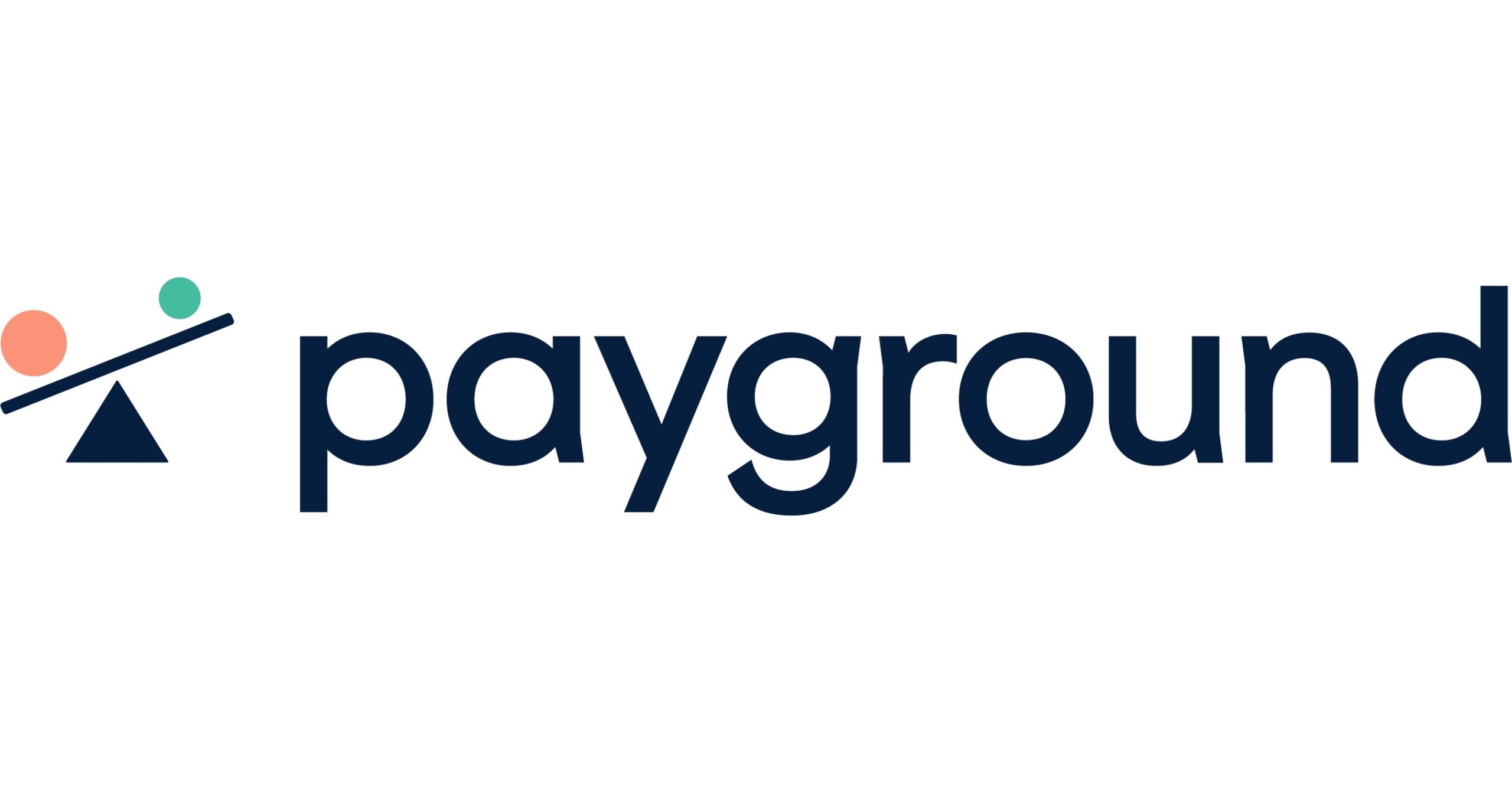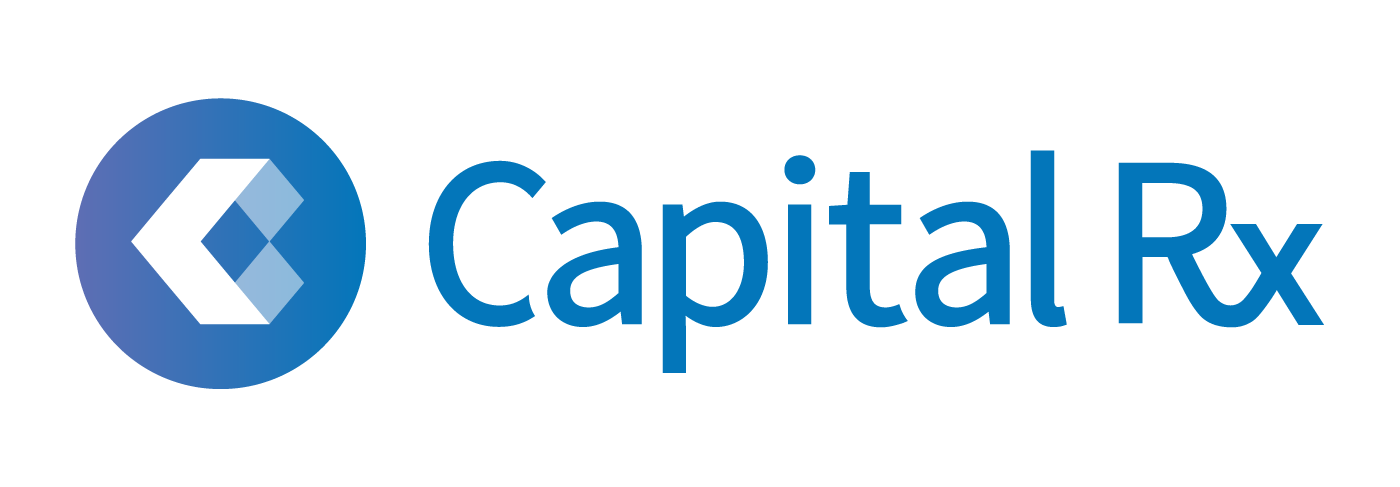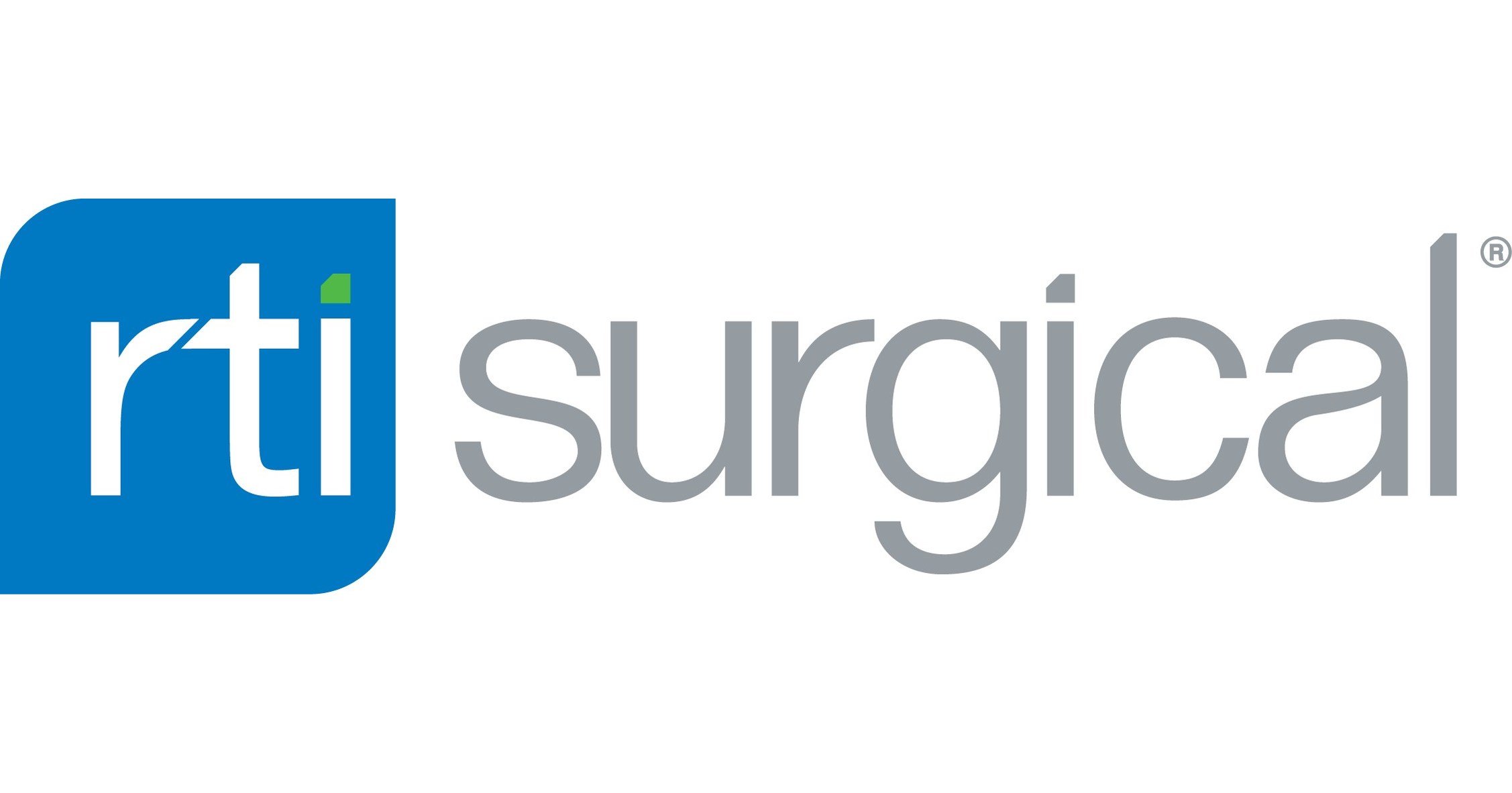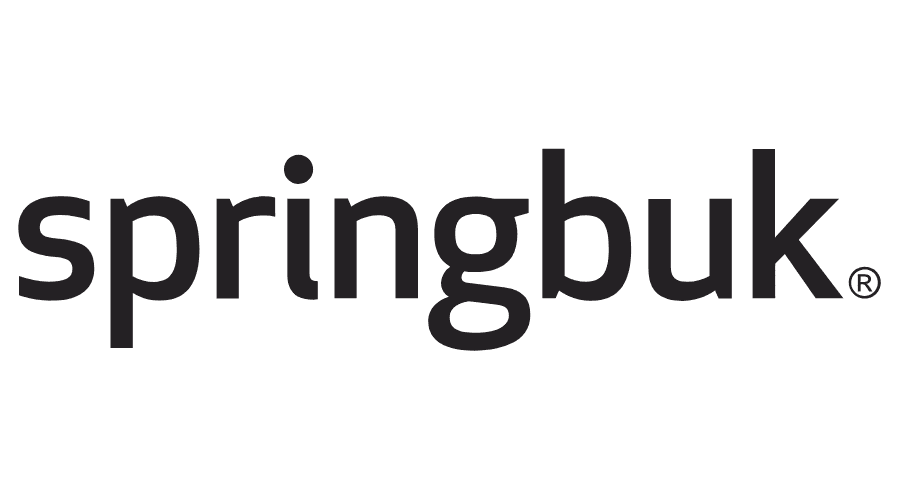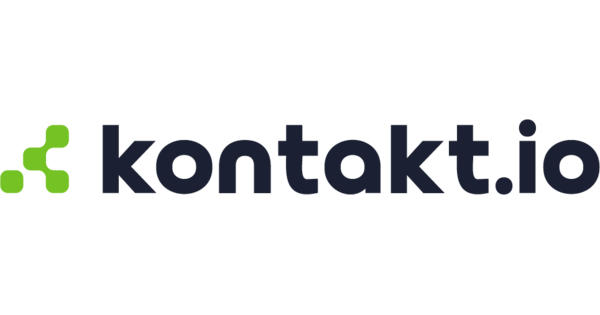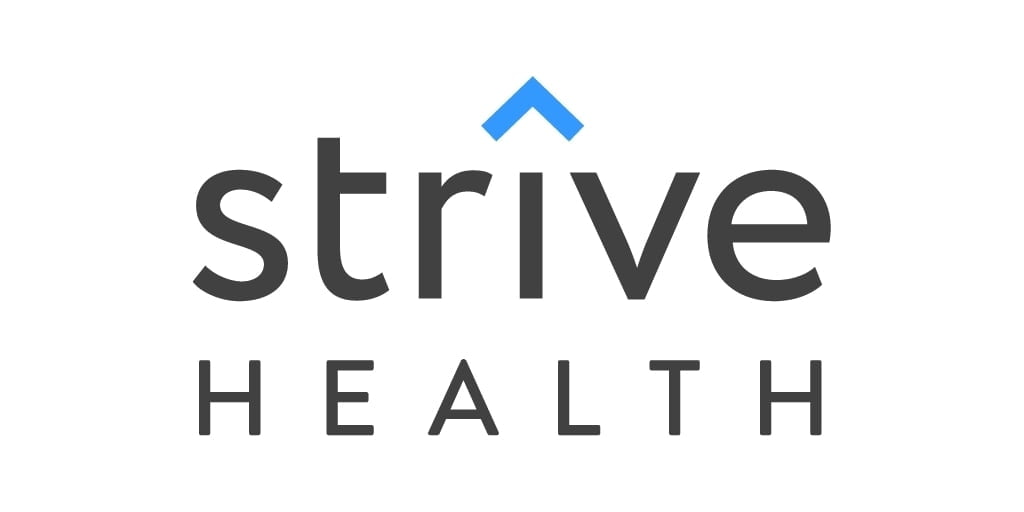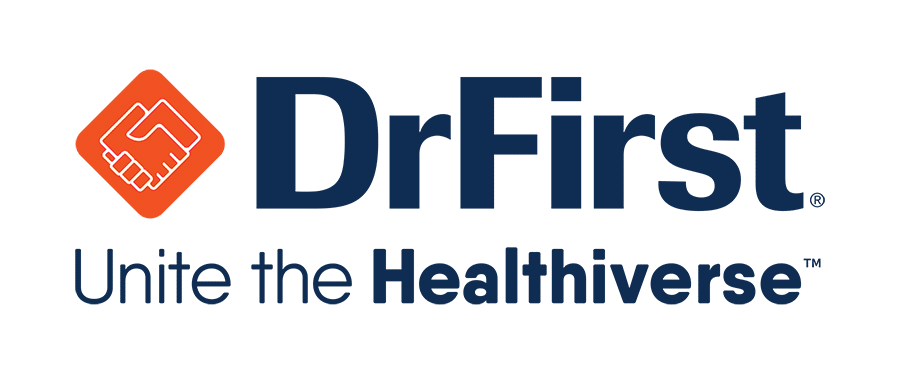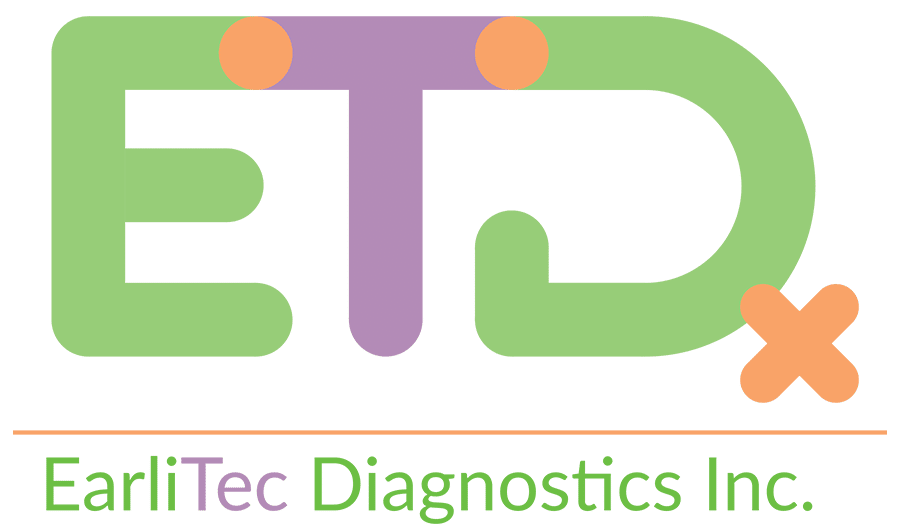ChasmPOV: September 2025 Edition
In the latest installment of our ChasmConversations series, we sat down to speak with Brent Asplin, Co-founder and CEO of Gather Health. Gather Health is an organization committed to improving the lives and communities of older adults with an innovative primary care model and is backed by Maverick Capital, Khosla Ventures, HC9 Ventures, and a number of other leading investors.
About Brent Asplin
With more than 20 years of leadership experience, Brent is a passionate physician and healthcare executive committed to empowering physicians and care teams through scalable, high-growth platforms that improve the patient experience, elevate clinical value, and reduce the total cost of care.
Bringing a unique blend of clinical insight and strategic leadership to the table, his prior roles include Chief Operating Officer at VillageMD, Chief Clinical Officer at Mercy Health, President and Chief Clinical Officer at Fairview Health Services, and Chair of Emergency Medicine at the Mayo Clinic.
Why did you pursue a career in healthcare, and how has your vision evolved as your career progressed through the years?
While in college, I volunteered as an EMT with my hometown ambulance service. During this time, I realized that the ER is really a ‘room with a view’ of what is and isn’t working in healthcare. This experience was the catalyst for my decision to pursue a career in emergency medicine.
The more I practiced in the ER, the more obvious it was that fee-for-service reimbursement undervalues primary care and chronic condition management. I became convinced that population-based payment models, though certainly not perfect, are the best way to incentivize value and lower healthcare costs.
“...the ER is really a ‘room with a view’ of what is and isn’t working in healthcare.”
As the co-founder of Gather Health, how does your role as CEO fulfill that vision?
At Gather, that vision truly comes to life. We’ve built a social primary care model that serves 65+ adults on Medicare, where our goal is to take risks for the clinical outcomes and total healthcare costs of the people we are privileged to serve.
The model is built on two pillars: social care and the connected home. Our social care model addresses the epidemic of loneliness and isolation by building community. We also deliver highly scalable care in the home using EMTs and community paramedics, a throwback to my college days. Finally, we deploy technology in the home that allows us to collect both self-reported and biometric data to prioritize care management decisions using real-time data.
How do you see Gather Health transforming healthcare today and in the future?
Our care model approach is different from earlier models, and it is designed to support older adults who are dually eligible for Medicare and Medicaid. The combination of scalable in-home services, community partnerships to address social barriers like food and housing insecurity, and in-home technology that drives real-time care management is powerful. We can support patients who are often left behind and have nowhere to turn but the ER. I like to say we’re running to the neighborhoods that others are running away from.
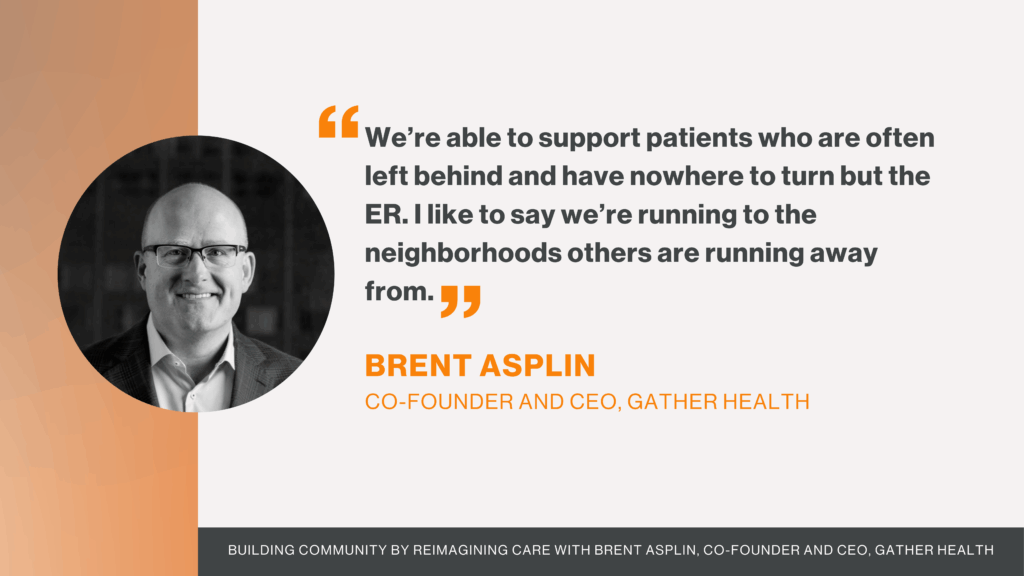
What are the biggest challenges in scaling a business like Gather Health to make an impact, but also be successful as a business?
I believe the early years of at-risk models are always the most challenging because such a high percentage of patients are new to the care model. It takes time to build trust, stabilize chronic conditions, and convince patients that they can call us 24/7 and we will respond to their needs.
We have found that with each 6-month period in the model, the rate of hospitalizations and ER visits falls as patients gain confidence in their Gather care team.
You are taking on some of the most difficult challenges in healthcare by addressing the unmet needs of the Medicare and Medicaid population. What are your lessons learned so far?
We’re finding that community is some of the best medicine we can offer! Building trust, bringing people together, and creating joy go a long way in supporting these communities. Patients won’t let you into their home, and they won’t use your technology unless they trust you. Developing trust takes time, but it’s a foundation that’s worth the investment.
“We’re finding that community is some of the best medicine we can offer! Building trust, bringing people together, and creating joy go a long way in supporting these communities.”
From your vantage point as a physician, operator, and entrepreneur, what would be your advice for other leaders in this space who are trying to disrupt and transform healthcare?
I would recommend focusing on the healthcare business model. Fee-for-service reimbursement is the fundamental flaw that needs to change, since it will never provide the right incentives for primary care and chronic condition support.
Fortunately, we don’t need fee-for-service to disappear. In fact, it is the best way to pay for many healthcare services. We simply need more provider organizations that can take accountability for the care experience, clinical outcomes, and total healthcare costs of populations.
My personal view is that there is no better way to do this than through an advanced primary care model. We will know that healthcare has been transformed when population-based payment is the dominant business model.
Anything else you would like to share?
It’s prom season! We will be hosting senior proms in each of our Gather Health communities in the coming weeks. Get out your dancing shoes and see if you can keep up with the crowd!
ChasmConversations is an interview series presented by Chasm Partners featuring discussions with prominent entrepreneurs, investors, and leaders in today's healthcare industry. Access previous installments of the series here, and subscribe to receive future editions of ChasmConversations and related content directly in your inbox.













